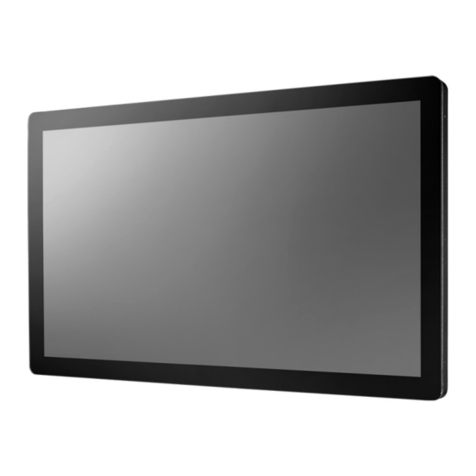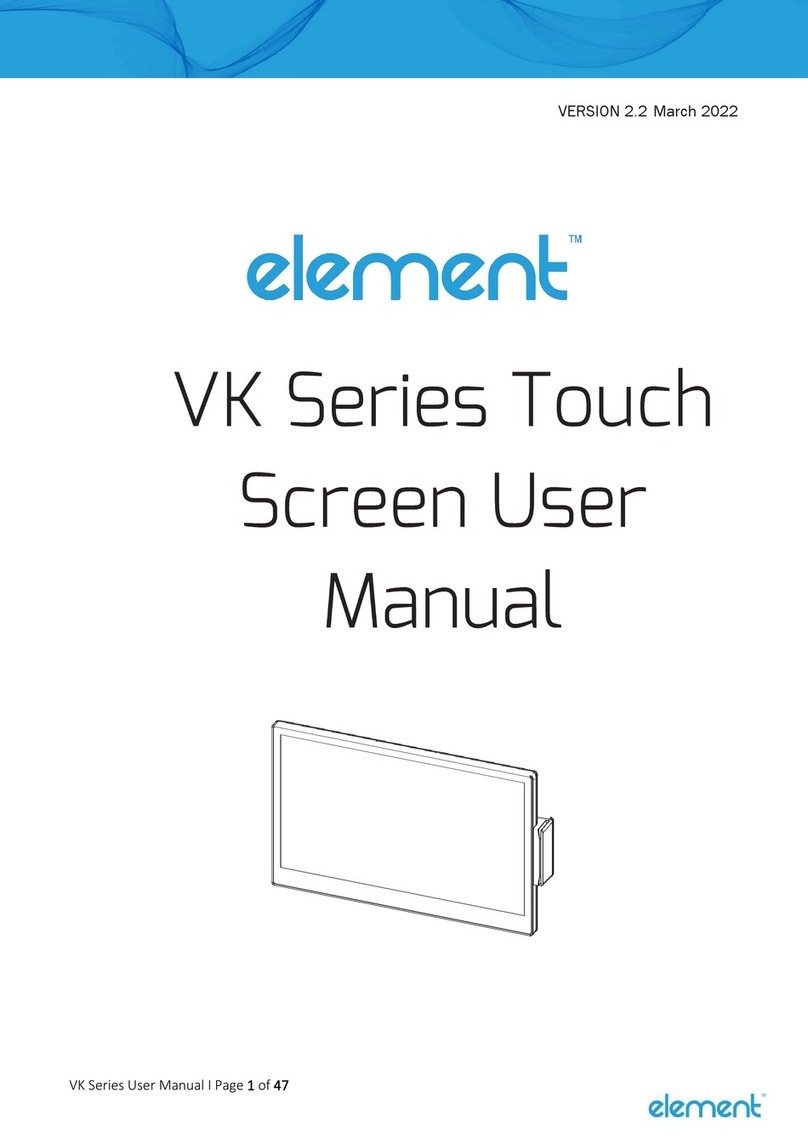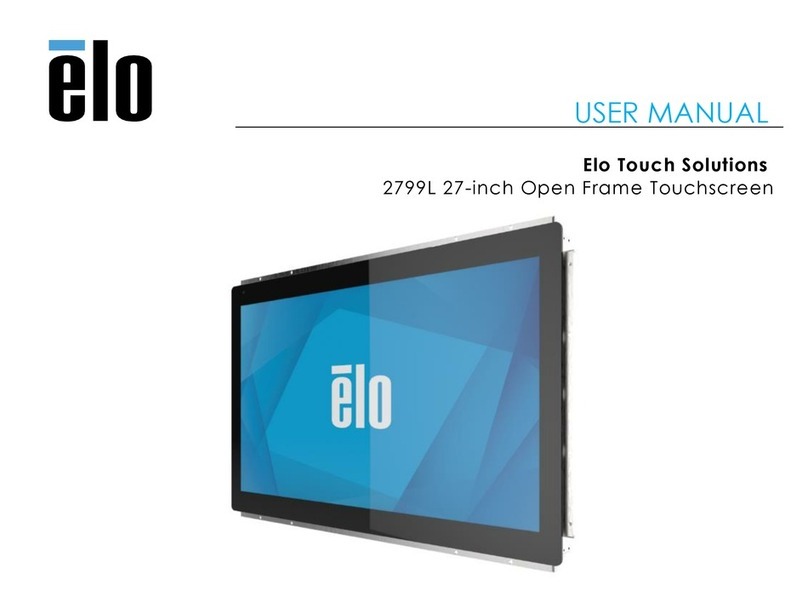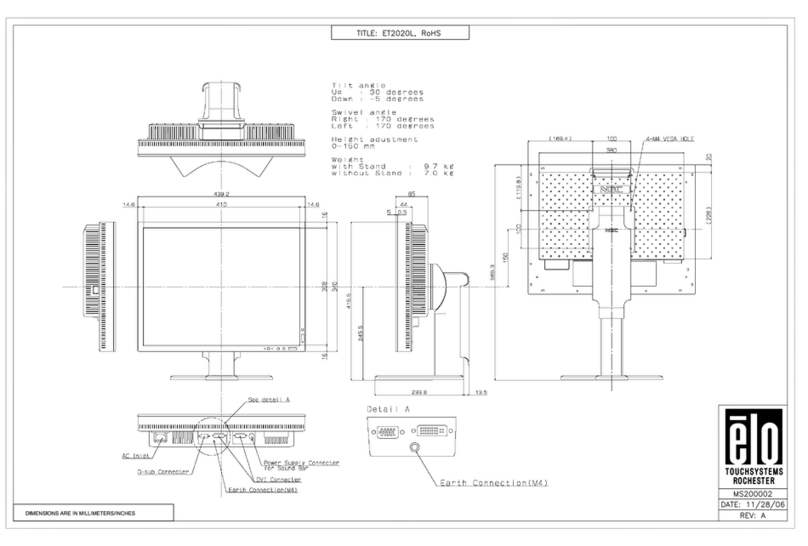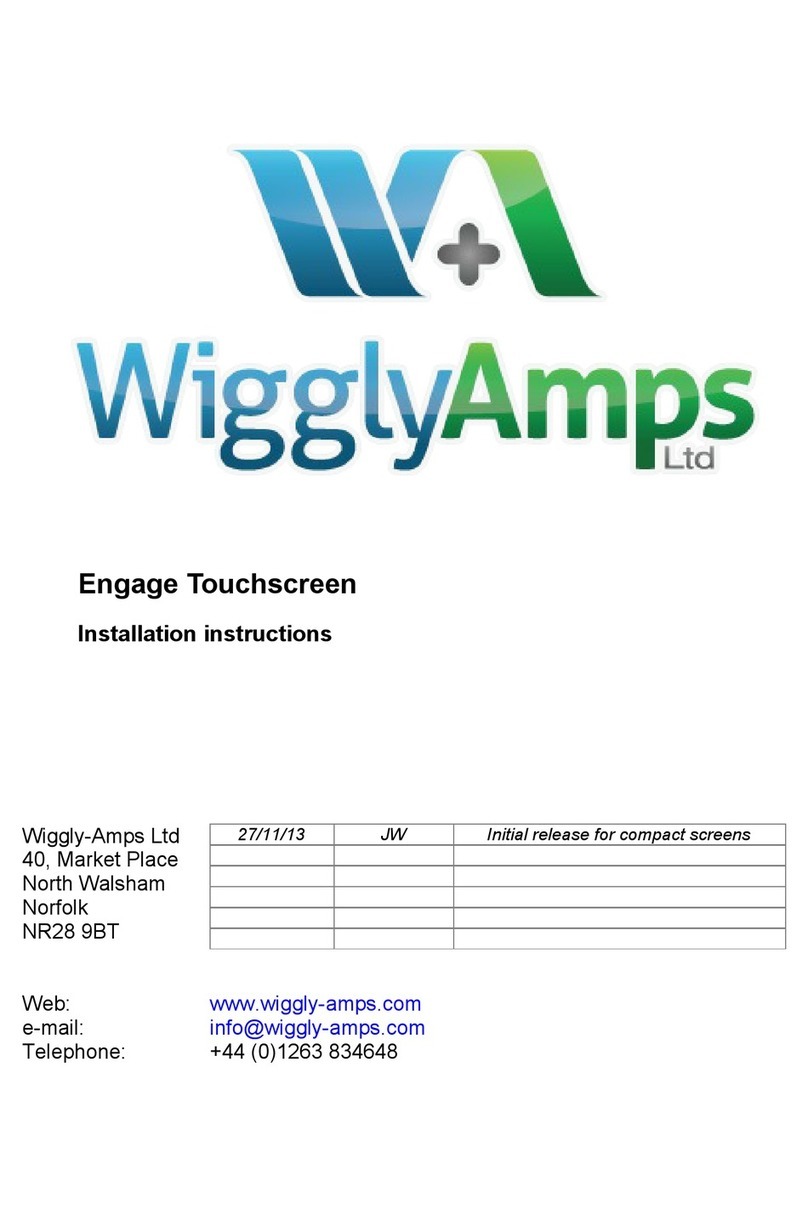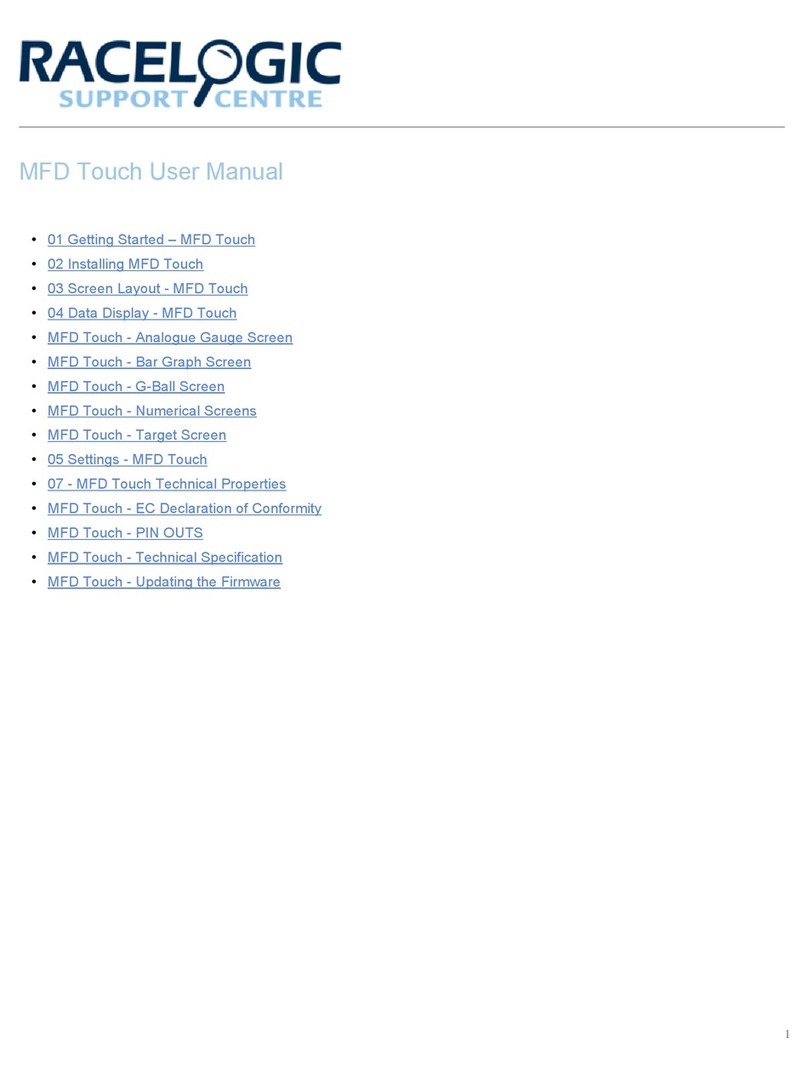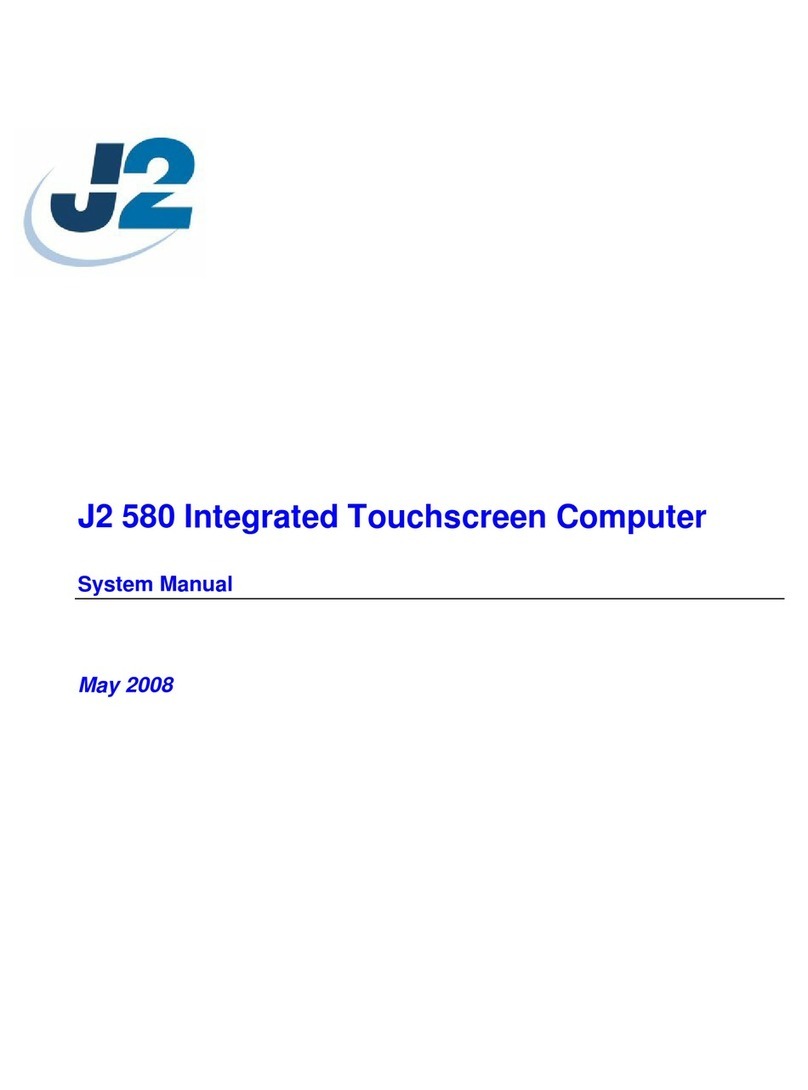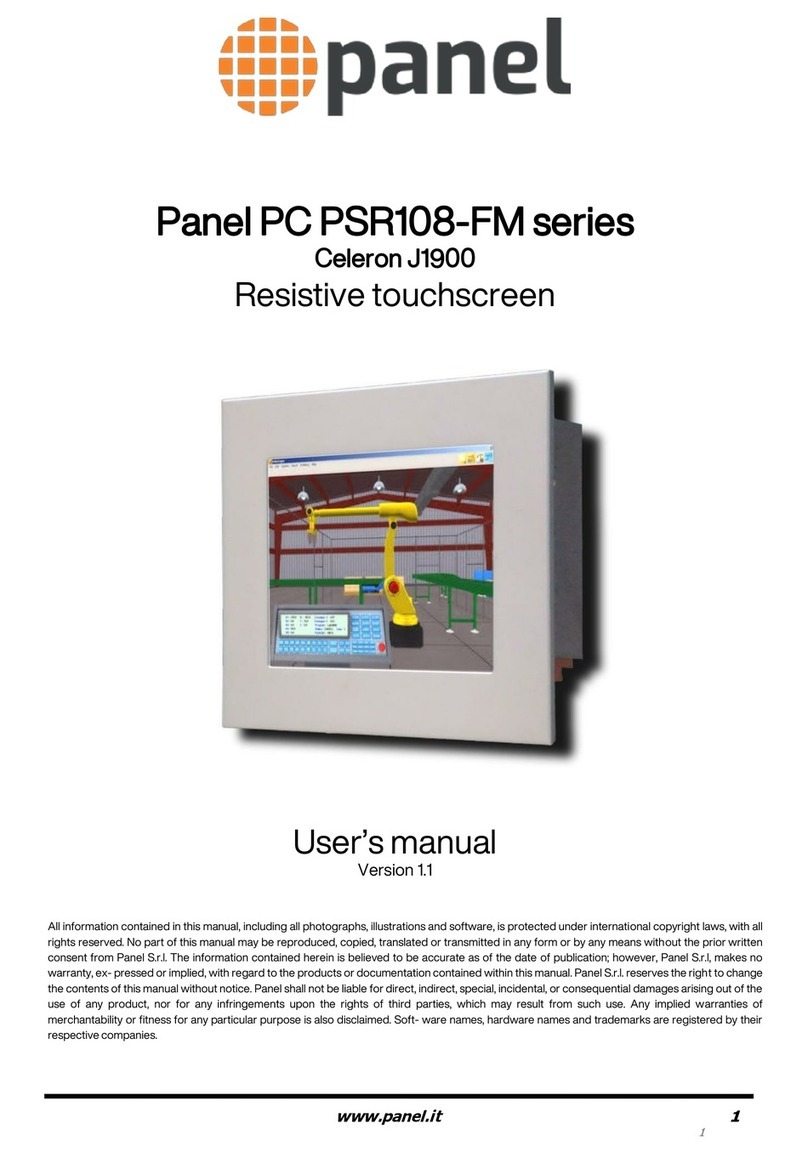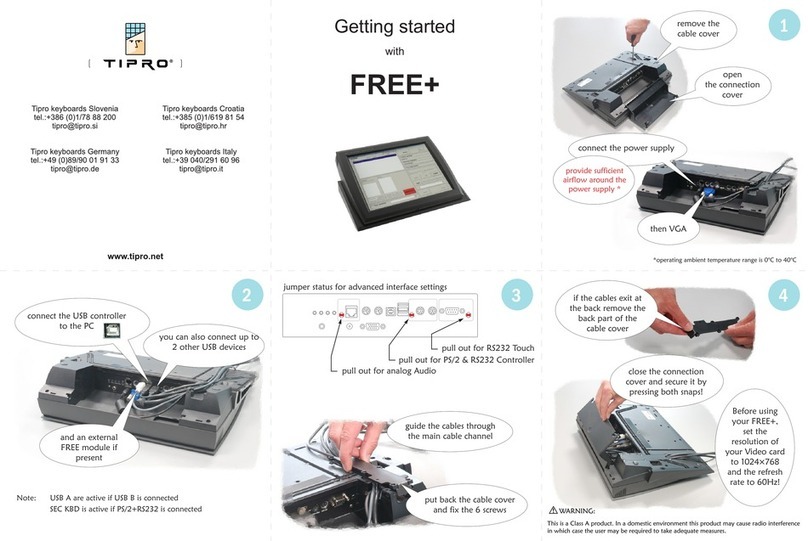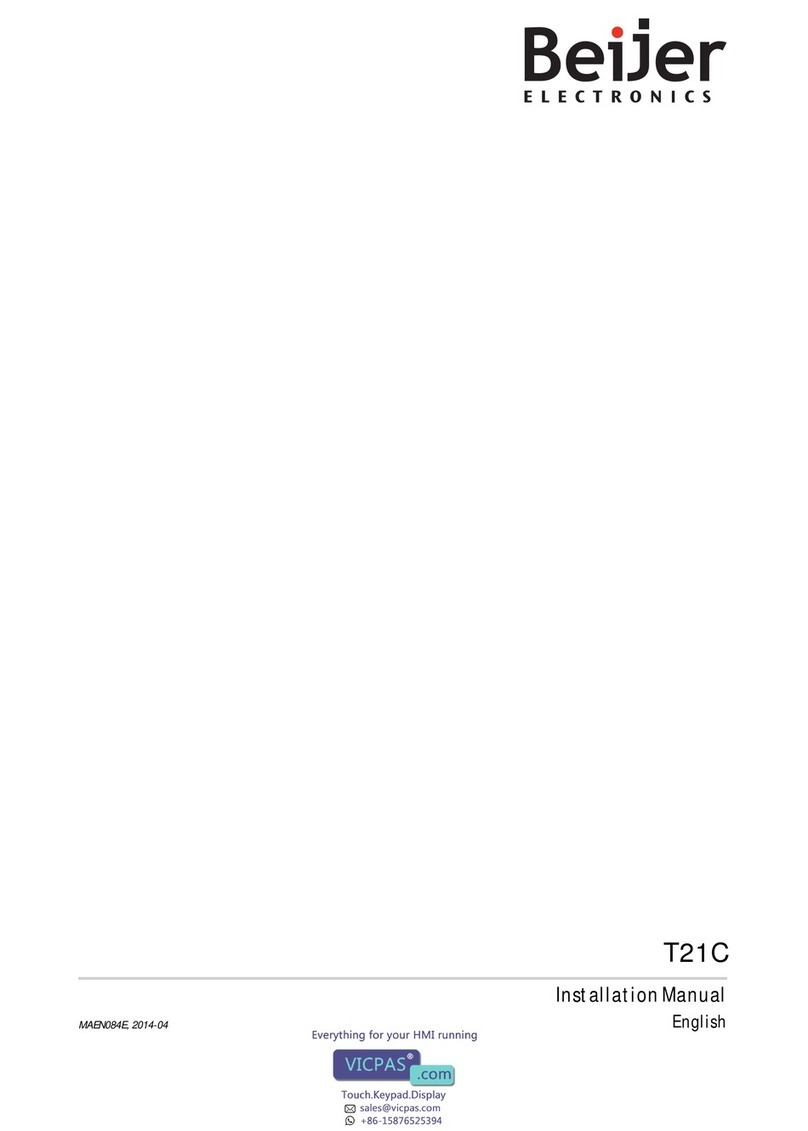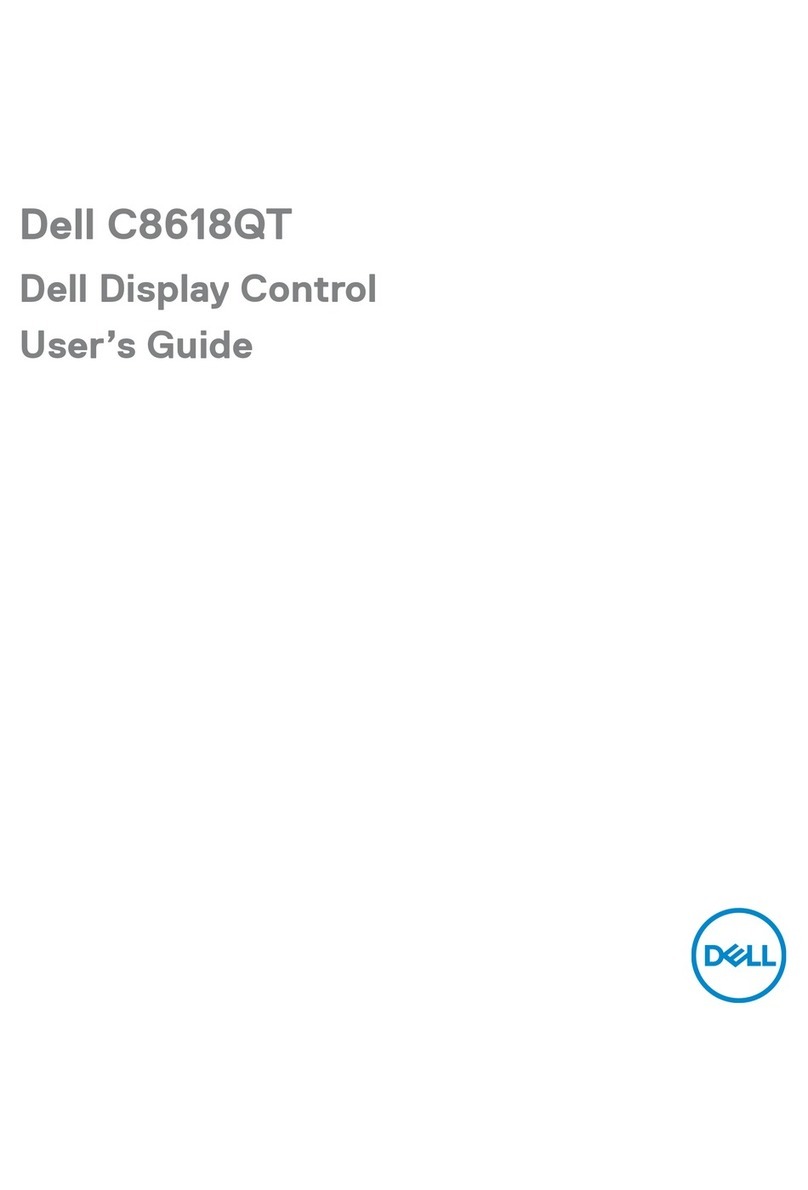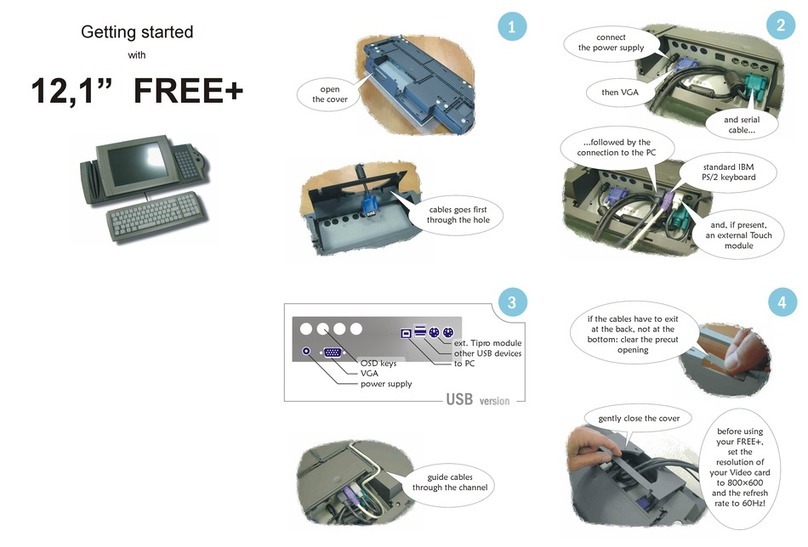
©2013 Microsoft Corporation
2
Notice
Perceptive Pixel by Microsoft and the Perceptive Pixel by Microsoft logo are trademarks of the
Microsoft group of companies.
The Perceptive Pixel by Microsoft 55” Touch Device is assembled in the USA.
FCC Class A Notice
This device complies with Part 15 of the FCC Rules. Operation is subject to the following two
conditions: (1) this device may not cause harmful interference, and (2) this device must accept any
interference received, including interference that may cause undesired operation.
NOTE This equipment has been tested and found to comply with the limits for a Class A digital device,
pursuant to Part 15 of the FCC Rules. These limits are designed to provide reasonable protection
against harmful interference when the equipment is operated in a commercial environment.
This equipment generates, uses, and can radiate radio frequency energy and, if it is not installed and
used in accordance with the instruction manual, may cause harmful interference to radio
communications. Operation of this equipment in a residential area is likely to cause harmful
interference, in which case the user will be required to correct the interference at his own expense.
Caution: LED inside. Class 1M laser (LEDs) radiation can be emitted if the LCD display module is
disassembled and operated. The display should never be opened by the user.
Low power, Radio LAN type devices (radio frequency (RF) wireless communication devices), operating
in the 2.4 GHz Band, may be present (embedded) in your display system. This section is only
applicable if these devices are present. Refer to the system label to verify the presence of wireless
devices. Wireless devices that may be in your system are only qualified for use in the United States of
America if an FCC ID number is on the system label.
